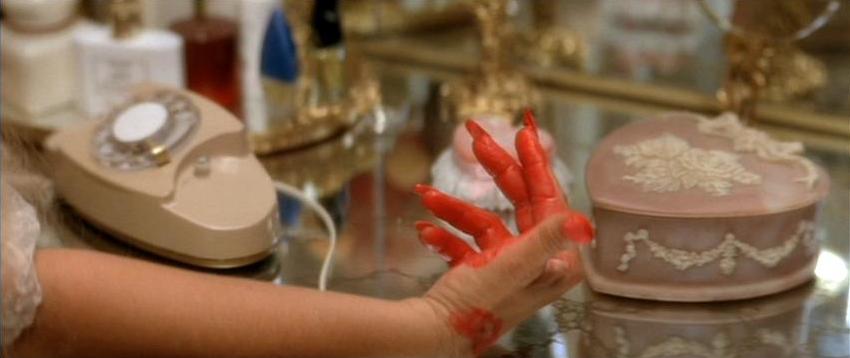
 |
| Photo © 1990 PolyGram Filmed Entertainment/Propaganda Films |
| Academy Award Nominations: | |
| Best Supporting Actress: Diane Ladd | |
| Golden Globe Nominations: | |
| Best Supporting Actress: Diane Ladd | |
| Other Awards: | |
| Cannes Film Festival: Palme d'Or (Best Picture) | |
| Independent Spirit Awards: Best Cinematography (Frederick Elmes) | |
| Permalink | Home | 1990 | ABC | Blog |